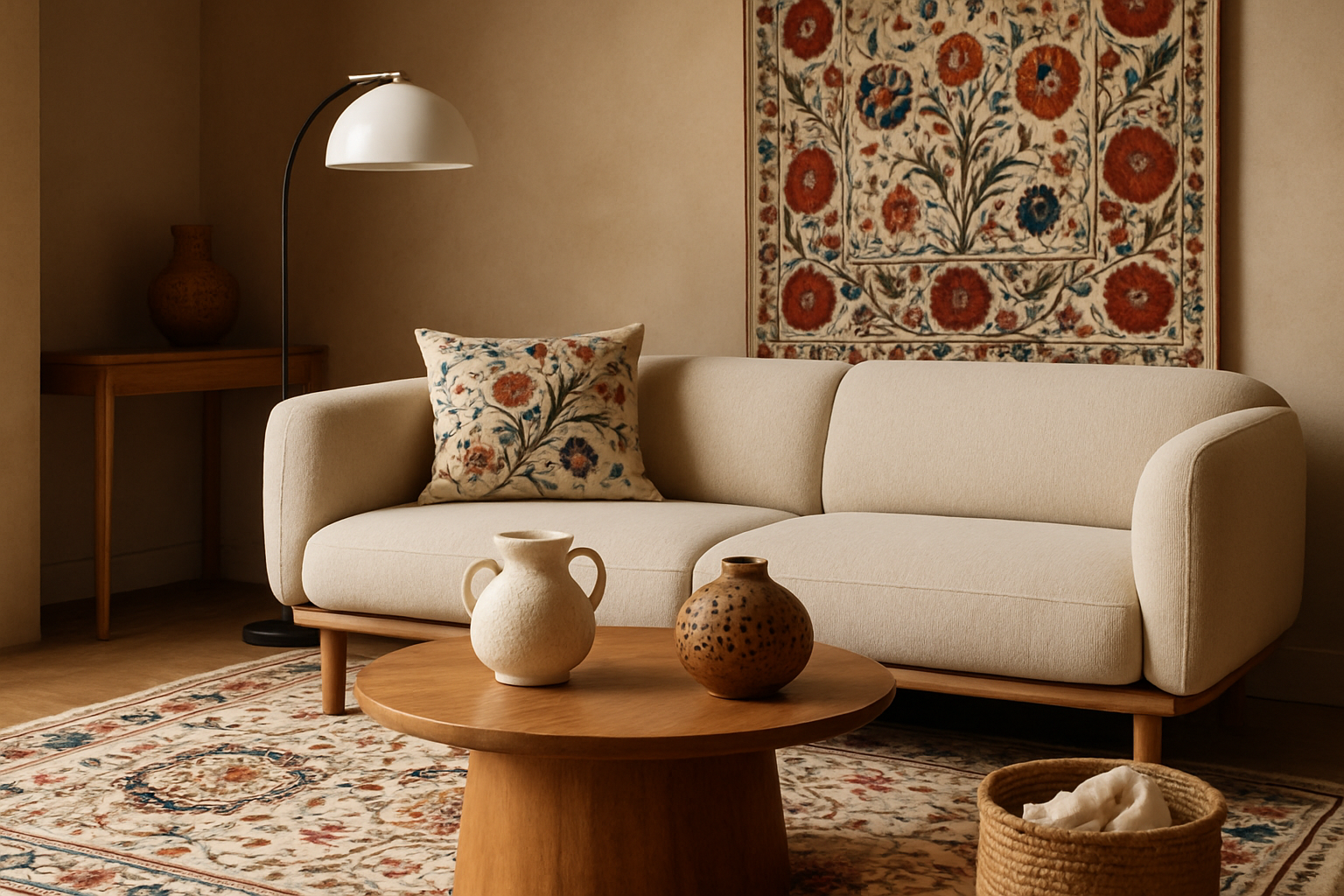Chandelier Styles, Materials, and Placement for Home Lighting
A chandelier is more than a light source; it’s a focal element that shapes how a room feels and functions. Historically associated with formal spaces, chandeliers now appear in diverse interiors from dining areas to bedrooms, available in a wide range of materials and scales. This article explains practical considerations for selecting, placing, and maintaining a chandelier so it performs well as a light fixture while matching your design and needs.

How is a chandelier used as a light fixture?
A chandelier serves both ambient and decorative lighting roles. As a central light fixture, it provides general illumination for a room while establishing style through shape, scale, and finish. When choosing lumens and bulb types, consider the room’s size, ceiling height, and layered lighting needs—combine chandeliers with task or accent lights for balanced illumination. Energy-efficient LED bulbs and dimmers can improve functionality and extend lamp life without altering the chandelier’s appearance.
Which room suits different chandelier styles?
Different rooms call for different chandelier scales and complexities. Dining rooms often use medium-to-large chandeliers centered over tables to create a visual anchor. Living rooms can accommodate larger or multi-tiered fixtures if ceiling height allows. Bedrooms and hallways may benefit from smaller, lower-profile designs. Consider the room’s ceiling height, traffic patterns, and furniture placement so the chandelier neither obstructs movement nor competes with architectural features. For rentals or older homes, consult local services for safe mounting options.
What to consider when choosing metal chandeliers?
Metal chandeliers offer durability and a wide range of finishes—from brushed nickel to aged brass. Evaluate the metal’s corrosion resistance for humid locations and check plated versus solid-metal construction for longevity. Metal frameworks tend to support more weight, allowing for glass shades or crystals, but require careful installation on an appropriately rated electrical box. Pay attention to finish compatibility with other hardware in the room; coordinating metal tones across light fixtures, door hardware, and taps helps create cohesion without forcing exact matches.
How to incorporate wood elements in a chandelier?
Wood chandeliers add warmth and texture, and they work well in rustic, Scandinavian, or transitional interiors. When selecting wood fixtures, confirm that the piece is treated for fire safety and humidity if used in kitchens or bathrooms. Wood can be combined with metal accents or fabric shades to soften light output. Lighter woods suit minimalist, airy rooms while darker stains complement traditional settings. Maintenance typically involves dusting and occasional polishing with products appropriate for the wood finish to preserve appearance without damaging electrical components.
What defines a modern chandelier design?
A modern chandelier emphasizes clean lines, simplified forms, and material honesty. Designs may feature geometric frames, exposed bulbs, integrated LED arrays, or sculptural arrangements of rods and disks. Modern chandelier finishes often include matte black, brushed steel, or mixed metal-and-wood combinations that highlight contrast. Functionally, modern fixtures frequently incorporate adjustable arms or dimmable lighting to adapt to changing needs. When selecting a modern chandelier, check the fixture’s CRI (color rendering index) and color temperature to ensure the light complements interior colors and materials.
A chandelier’s size and placement affect both utility and aesthetics. As a general guideline, measure the room and use proportional rules—such as adding the room’s dimensions (in feet) to get a diameter in inches—to estimate an appropriate fixture size. Hang chandeliers higher over tables (about 30–36 inches above most dining surfaces) and maintain sufficient clearance for passages (usually at least 7 feet from floor). If you’re unsure about electrical capacity, weight support, or wiring, hire licensed electricians or consult local services to confirm safe installation and compliance with building codes.
Conclusion
Choosing a chandelier involves balancing light output, scale, material, and the character you want to introduce to a room. Whether you prefer a metal framework that reads as industrial, a wood-accented fixture for warmth, or a modern chandelier with minimalist appeal, consider how the piece works with other lighting and the room’s function. Proper sizing, careful installation, and mindful maintenance will keep the fixture performing well and contributing to a cohesive interior environment.






